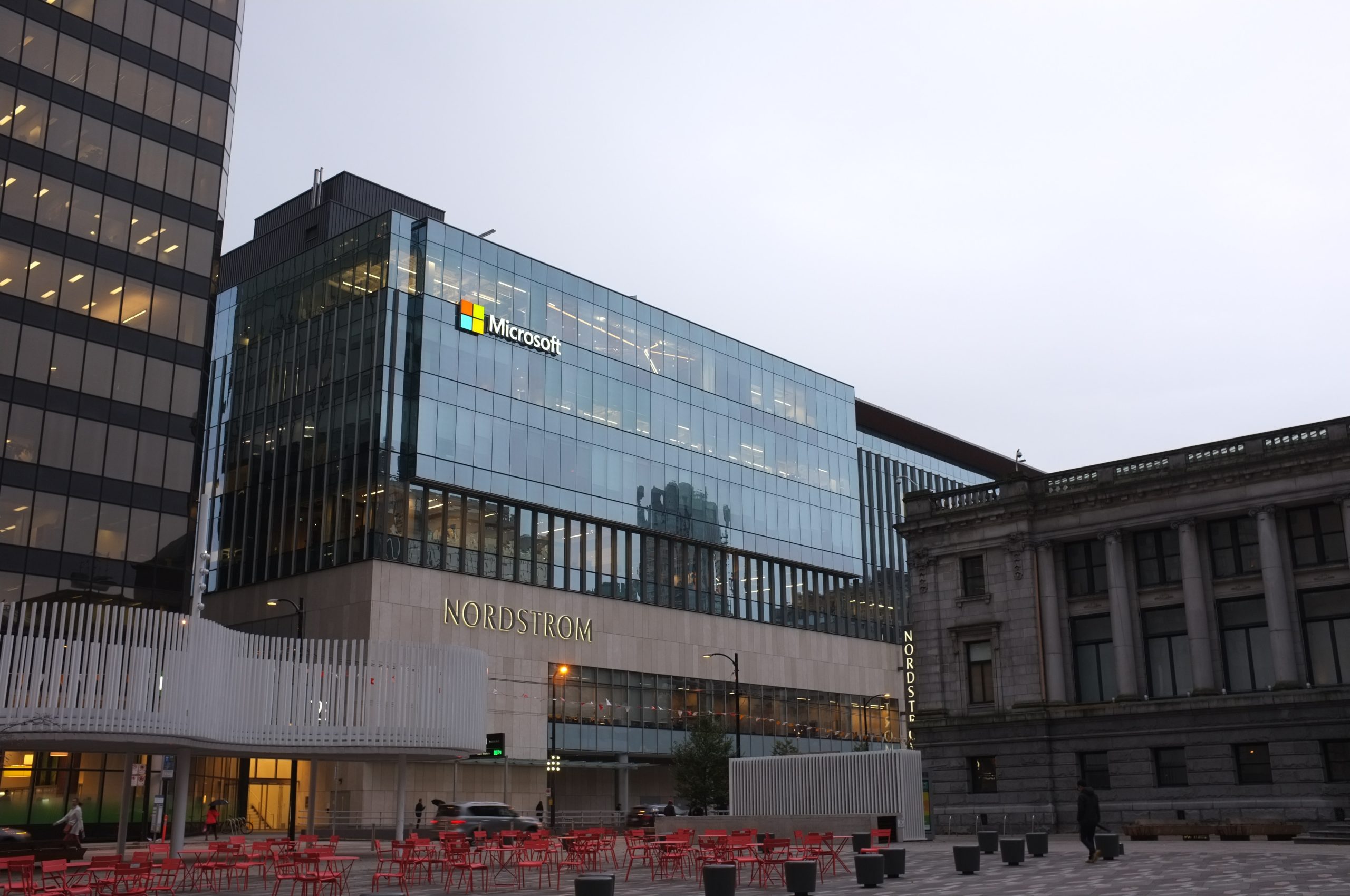Microsoft Dynamics GP (Great Plains) customers are concerned about potential end-of-life announcements or a cut-off date for product support. When considering their next solution, NetSuite Cloud is emerging as their destination of choice. This trend is being observed across a wide range of industries and sizes, from global companies to small and mid-size firms.
There are three key drivers behind this move – business process fragmentation, onerous financial consolidation, and the need to shift IT budgets from maintenance to innovation.
Moving from Fragmented to Integrated Solutions
Businesses that rely on point accounting solutions like Microsoft Dynamics GP (Great Plains) often end up with fragmented systems that can severely impact their efficiency. Results from a recent NetSuite survey* about the number of individual systems they have were not surprising: over a third had 6+ separate systems, while more than 40% had 3-5 systems.
Unchecked application fragmentation, which is a common issue among Microsoft Dynamics GP customers, leads to fragmented business processes, such as slow quote-to-cash processes and spreadsheet-based reporting. This fragmentation also results in a waste of resources due to the reentering of data between systems. According to the same survey, 80% of businesses stated that their business suffered from duplication and rekeying of data, with over 40% specifying that their business processes were substantially fragmented.
Eliminating Microsoft Dynamics GP and other system silos and adopting a single integrated system can significantly enhance the efficiency of order, procurement, and reporting processes for businesses. This, in turn, can lead to improvements in both employee and customer satisfaction.
Moving from Multiple Databases to Real-Time Consolidation
One of the challenges faced by businesses using Microsoft Dynamics GP is slow and error-prone financial consolidation. As businesses expand and acquire new subsidiaries and entities, each legal entity requires a separate database with Great Plains. This can make financial consolidation a tedious task, often requiring the use of FRx to create static, consolidated reports.
The situation can become even more challenging for rapidly growing businesses. According to NetSuite’s survey – one large global media company was maintaining six Great Plains databases across corporate and its subsidiaries, while another management company ended up with a staggering 92 databases. For both companies, the outcome was the same – a lengthy, error-prone consolidation process and a lack of clarity regarding subsidiary business performance.
The solution is to move to a single instance, such as NetSuite. This provides real-time consolidation and clear transparency from corporate to subsidiary, eliminating the need for multiple databases and improving efficiency.
From IT Maintenance to IT Innovation
Businesses that use Great Plains often feel frustrated with having to allocate their IT budgets towards maintenance instead of innovation. According to Forrester Research, SMBs spend nearly 70% of their IT budget on ongoing operations, maintenance, and managing capacity for growth. This figure is not different for businesses using Great Plains or other on-premise LOB systems, and sometimes it can even be worse. As a result, they have little left in their budgets to meet their business needs. Hurwitz Research found that companies running Dynamics GP and CRM can end up spending twice as much as those running a cloud suite like NetSuite.
Great Plains may soon no longer be supported, and if you migrate to another on-premise or point accounting solution – you will continue to have expensive software and server upgrades. When the cost of these upgrades is added up, it becomes the straw that breaks the camel’s back. Small and medium-sized businesses need to focus all their resources on gaining a competitive advantage, but when they use Great Plains, they end up wasting valuable resources on unnecessary upgrades, managing backups, and installing desktop clients.
The Bottom Line
If you’re a Microsoft Dynamics GP customer looking to make the move to the cloud, NetSuite could be the solution you’ve been searching for. Learn first-hand why Great Plains customers are on the move and experience the benefits of a single, integrated system, real-time consolidation, and the ability to shift IT budgets from maintenance to innovation by reaching out to one of our experts.
*NetSuite Executive Panel: How to Use Cloud-Based ERP to Unify Your Business


